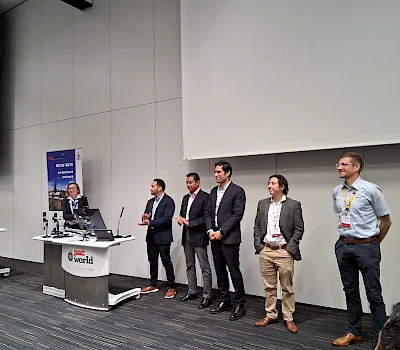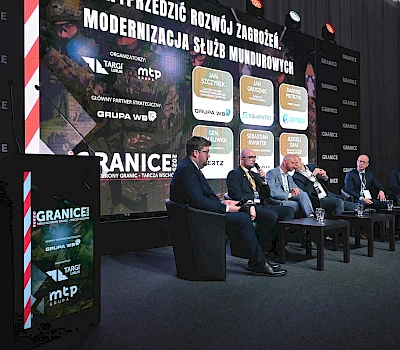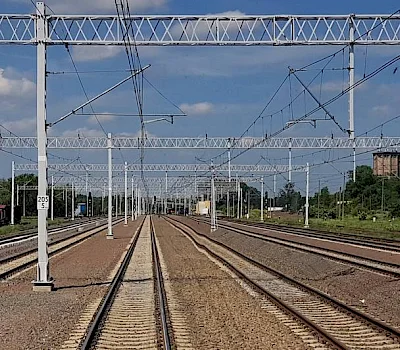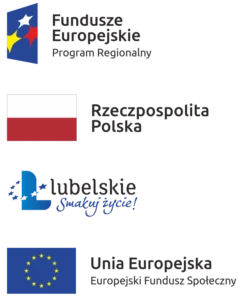Introduction to IEC 61850. A summary of the standard and its requirements
IEC 61850 is an innovative and unique standard. A progressive approach and cooperation of an international team of experts resulted in a solution revolutionary in its class. The standard was created from scratch using modern data transmission standards and specially designed network protocols, the combination of which has opened up new (previously unattainable) possibilities. In this text we will focus on the elementary characteristics of the standard – the requirements and key features of IEC 61850. For information on the potential and advantages of IEC 61850, please see the article Why implement IEC 61850 in your substation?
Brief information about IEC 61850
IEC 61850 is an international standard for the standardization of power substation automation and defines (among other things) communication protocols to ensure communication between devices in the substation. The standard defines the general requirements for the construction, design, and environmental conditions for utility communication and IED automation equipment and systems in power plant and substation environments.
Standard requirements
The extensive, almost 1400-page IEC 61850 standard document was filled with a set of directives and recommendations that make up the efficient and correct operation of the power system. The developed solution was to enable and facilitate mutual cooperation of devices from different manufacturers, regardless of technological changes over the years. This was one of many criteria set when creating a new standard.
During the development of IEC 61850, a number of fundamental elements and assumptions of the standard were established. Due to the vastness of the topic, we will focus only on a few selected and fundamental conditions.
- Interoperability must be met to ensure that devices from different manufacturers work together properly;
- The standard must be resilient to continuous changes in network communication and secondary circuit technology to ensure continuous and long-term interoperability between new and legacy devices;
- The standard must have standardized core services and functionality such that information exchange and processing occurs in real time, without the need for protocol converters or supervisor interpretation;
- All components and processes, from design to maintenance and operation, must be designed so that IEDs can operate in both clustered and distributed networks, regardless of the requirements of the country or utility.
- The network timing inaccuracy must be less than ±1 µs.
- The station network connected to the corporate WAN or remote access to it must be protected from cyber attacks.
- Lossless connection redundancy is a prerequisite. This requirement for real-time network reconfiguration is intended to guarantee continuous and proper system operation.
- The wide temperature range of the equipment is also a mandatory parameter. For substations, this range varies between -40 to +75 ˚C.
- The requirement of the standard is to achieve precise time synchronization. All clocks shall transmit PTP messages in accordance with the IEC 61850-9-3 Utility Profile standard.
- In high-voltage substations, electromagnetic interference can cause errors or damage to electronic communication equipment, so it is mandatory to meet immunity class requirements. The required EMI immunity class of IEC 61850-3 depends on the environment in which the device is to be located.
These and unspecified requirements of the standard apply to all elements in the network, not just network devices.
Key features IEC 61850
IEC 61850 has so many key features that a complete listing of them in a reasonable length of text is hardly possible. The existence of some of these features indirectly translates into advantages of the standard that can directly affect a station automation system.
- Equivalence of application components. This feature is a major change in the way we think about the substation. In this approach, each element has exactly the same importance to the system as any other. The transport or application layers, for example, are just as important as the physical devices.
- Standardization of object and data names. Object names are defined in a standard and given in the context of the power system, while data names must be described with a descriptive string. By doing this, each piece of data is specified and data identification is immediate without the need to define mappings.
- Self-describing devices. Client applications can retrieve descriptions of all data supported by a device without having to manually configure objects.
- Substation Configuration Language (SCL). SCL (Substation Configuration Language) is a descriptive language in IEC 61850 for device configuration. It enables the mutual exchange of configuration data between the IED and the configuration system from different manufacturers. SCL also provides the ability to define station and device requirements precisely, which eliminates the problem of ambiguity in interpreting equipment requirements.
- IEC 61850 allows free mapping of data and service models.










